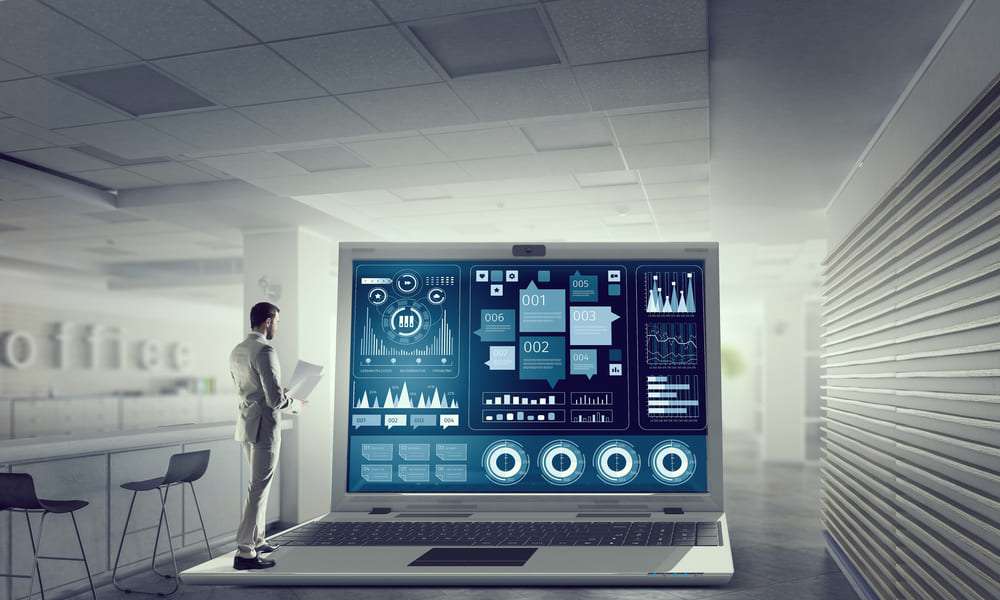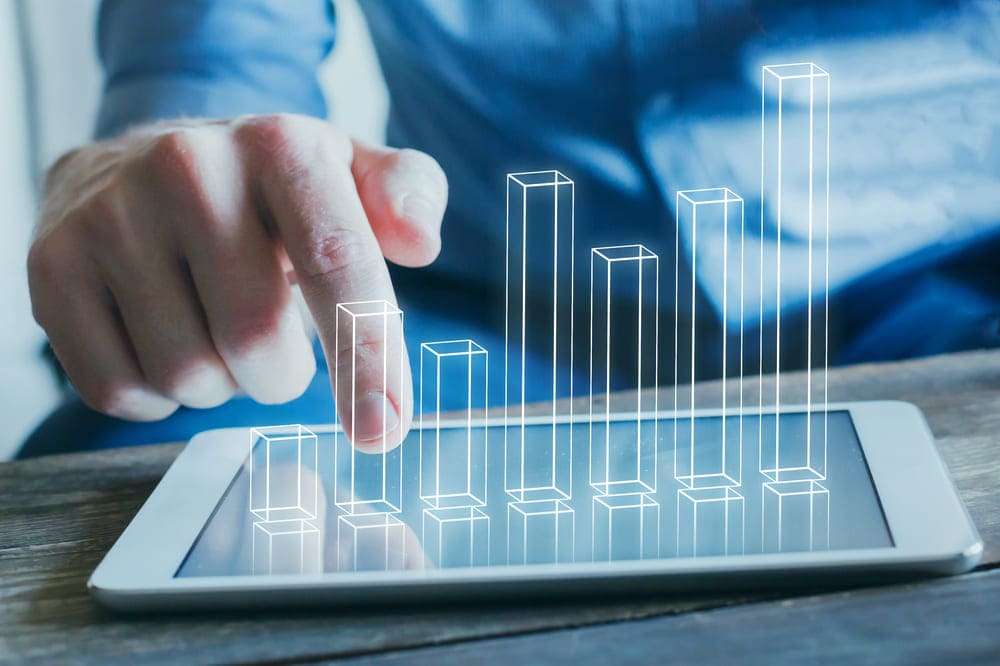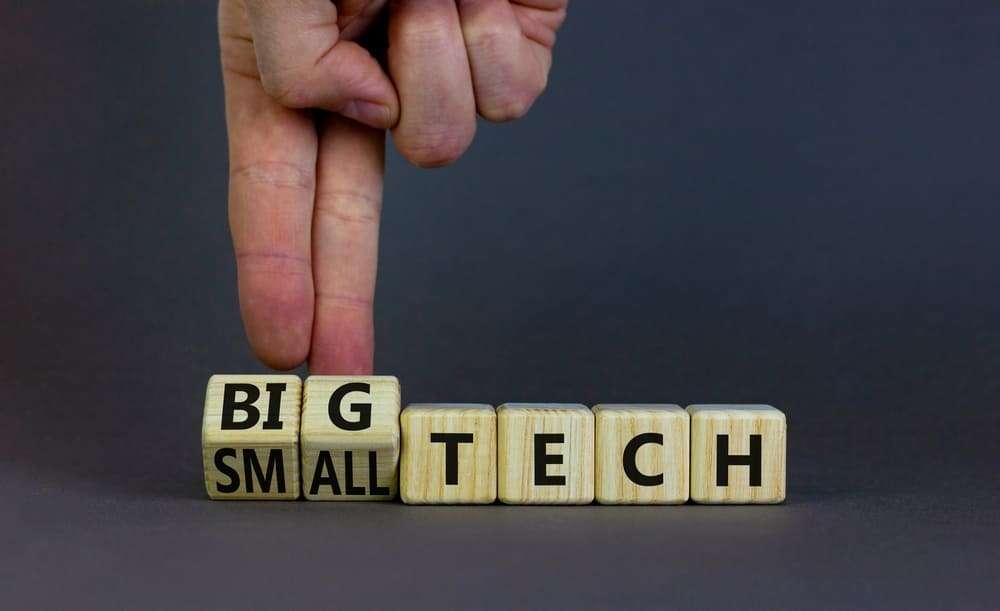Big Data vs. Small
Data: Understanding the Key Differences and
In today's digital world, we generate an enormous amount of data every second, from our smartphones, laptops, IoT devices, and other sources. As businesses strive to remain competitive, they are increasingly relying on data-driven insights to make informed decisions. However, not all data is created equal, and it's crucial to understand the differences between big data and small data to leverage them effectively. In this blog, we will explore the key differences between big data and small data and their applications.
What is Big Data?
Big data refers to massive amounts of data generated from a variety of sources that cannot be processed or analyzed using traditional data processing tools. The three V's of big data are Volume, Velocity, and Variety. Volume refers to the massive amount of data generated every day, Velocity refers to the speed at which data is generated and needs to be processed, and Variety refers to the different types of data sources and formats.
Applications of Big Data:
Big data is used in various industries, such as finance, healthcare, e-commerce, and transportation, to derive valuable insights and make informed decisions. Some of the applications of big data include:
Predictive Analytics :
Big data allows organizations to use machine learning algorithms and predictive analytics to analyze massive datasets and make predictions about future events, such as customer behavior, demand forecasting, and fraud detection.
Personalized Marketing :
Big data enables businesses to gain a deeper understanding of their customers' preferences, needs, and behavior. This, in turn, helps them create personalized marketing campaigns and improve customer satisfaction.
Risk Management :
Big data is used in the finance industry to analyze massive datasets and identify potential risks, such as credit risks or market risks, and take corrective actions to mitigate them.
What is Small Data ?
Small data refers to a small subset of data that is relevant and meaningful for a particular task. It's a focused, targeted approach to data analysis that emphasizes quality over quantity. Small data is usually generated by humans and is used to gain insights into specific aspects of a problem.
Applications of Small Data
Small data is used in various industries, such as healthcare, marketing, and education, to gain insights into specific aspects of a problem. Some of the applications of small data include:
Qualitative Research :
Small data is used in qualitative research to gather in-depth insights into people's thoughts, opinions, and behavior. It's an effective way to understand the 'why' behind a particular trend or phenomenon.
Customer Feedback :
Small data is used to collect customer feedback and gain insights into their preferences, needs, and pain points. This helps businesses improve their products and services and create a better customer experience.
Early-stage Research :
Small data is used in the early stages of research to test hypotheses and validate assumptions before scaling up to bigger datasets. This helps researchers save time and resources and avoid costly mistakes.
Related Posts
10,000+ unique online course list designs





